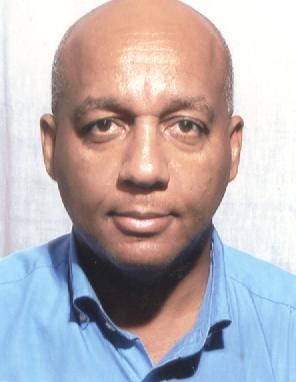Prof. Dr. Amadou Bâ, University of Antilles (West Indies, Guadeloupe, France)

About Prof. Amadou Bâ: Full professor in Soil Microbiology and Plant Physiology at University of Antilles (West Indies, Guadeloupe, France) and head of the plant biology and physiology laboratory. He has an interest in mycorrhizal symbioses with a specific focus on the diversity, ecology and functional traits of ectomycorrhizal fungi associated with African tree species.
Title of the talk:
Diversity and functional traits of ectomycorrhizal fungi associated with African tree species.
Abstract:
Ectomycorrhizas (ECMs) are the most frequent mycorrhizal type in temperate and boreal forests. In contrast, they concern an economically and ecologically important minority of plants in African tropical forests such as caesalpionioid Fabaceae, Sarcolaenaceae, Dipterocarpaceae, Asterpeiaceae, Phyllantaceae, Sapotaceae, papilionoid Fabaceae, Gnetaceae and Proteaceae distributed in open, gallery and rainforests of the Guineo-Congolian basin, Zambezian Miombo woodlands of East and South-Central Africa and Sudanian savannah woodlands of the sub-Sahara. Overall, ectomycorrhizal (EM) status was confirmed in approximately 26% among tree species belonging to EM genera. As in temperate forests, the /russula–lactarius and /tomentella–thelephora lineages dominated EM fungal flora in tropical Africa. A low level of host preference and dominance of multi-host fungal taxa on different African adult tree species and their seedlings were revealed, suggesting a potential for the formation of common ectomycorrhizal networks. Moreover, the EM inoculum potential in terms of types and density of propagules (spores, sclerotia, EM root fragments and fragments of mycelial strands) in the soil allows opportunistic root colonization as well as long-term survival in the soil during the dry season. These are important characteristics when choosing an EM fungus for field application. In this respect, Thelephoroid fungal sp. XM002, an efficient and competitive broad host range EM fungus, possesses these characteristics and appears to be a good candidate for artificial inoculation of caesalpinioid Fabaceae and Phyllanthaceae seedlings in nurseries.
Key words: Ectomycorrhizal fungi, diversity, succession, inoculation, growth response, tree recruitment, reforestation.
